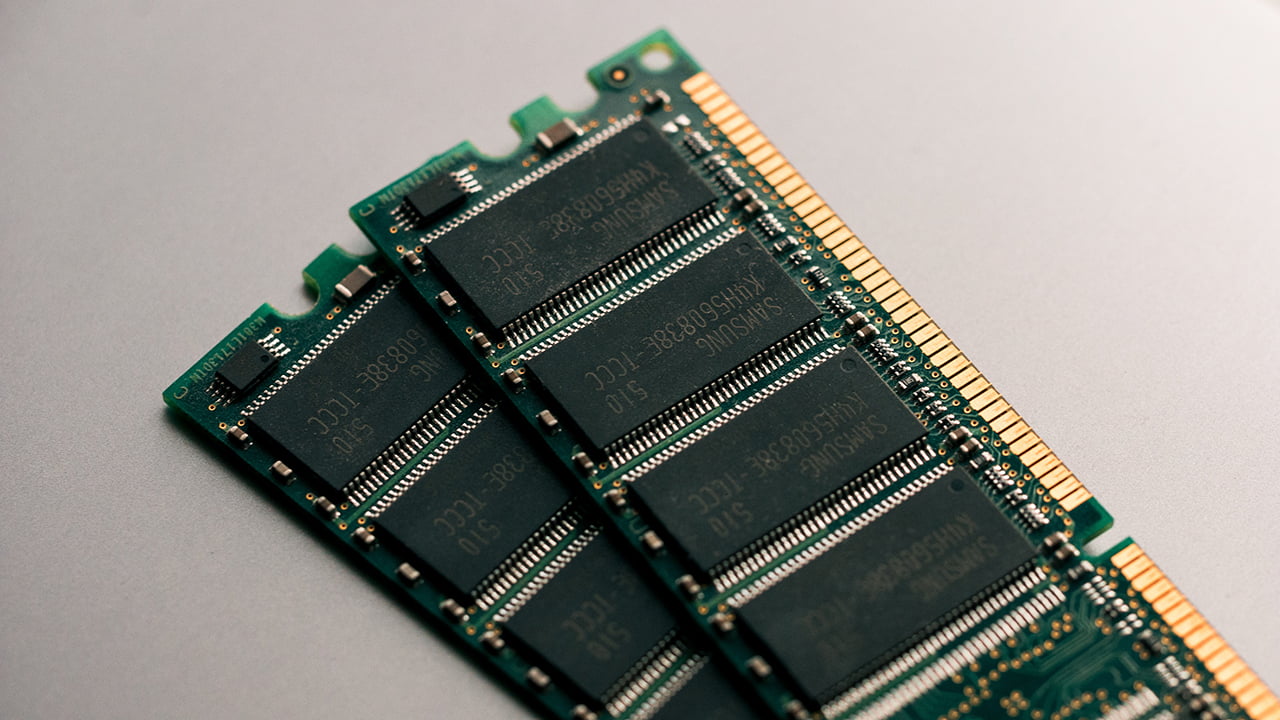If you have been looking into the specs of modern phones and laptops, you might have noticed that not all of them are configured with the same type of RAM. When it comes to laptops, you will find both LPDDR5 and DDR5. And phones come with LPDDR5 only. But in terms of LPDDR5 vs DDR5, what’s the difference?
LPDDR stands for Low Power Dual Data Rate, and DDR stands for Dual Data Rate. And the main difference between LPDDR5 and DDR5 is that LPDDR5 is less power-hungry and more power efficient. But LPDDR5 has a maximum memory density of 32 GB, while DDR5 can go as high as 64 GB.
So, in short, if you are looking for power efficiency, LPDDR5 is the right choice. On the other hand, you should pick DDR5 if you want to have more memory in your system.
LPDRR5 vs DDR5, Which Is Better?
To really understand which is better among DDR5 and LPDRR5, you need to take a closer look at the technical specs of the memory modules.
Per Channel Memory Size
First of all, the per-channel memory size of LPDDR5 is anywhere from 2 GB to 32 GB. DDR5 has a per-channel memory size of 8 GB to 64 GB.
Therefore, if you require more memory in your system, DDR5 is the preferable choice. Now, what will more memory bring to the table? You can multitask with ease and run resource-intensive games or applications without facing any hiccups.
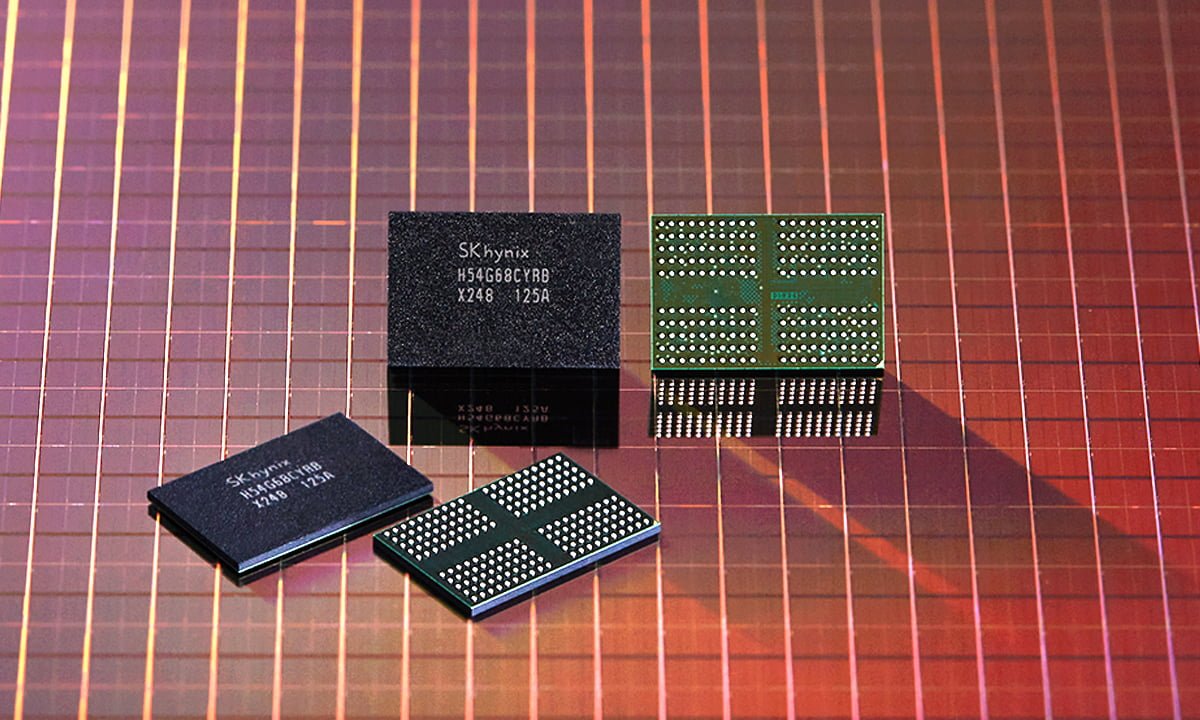
Power Requirement
The voltage rating for LPDDR5 is 1.05V/0.9V for the core, while the I/O has 0.5V/0.3V. On the other hand, the DDR5 VDD (Voltage Drain to Drain) voltage rating is 1.1V, while VPP (Voltage Peak to Peak) 1.8V. In other words, the voltage requirement of the DDR5 is higher.
Consequently, if power efficiency is a priority, LPDDR5 is the recommended option. But what will power efficiency give you? It will offer you better battery life and less heat production. That’s why phones utilize the LPDDR version instead of the DDR version.
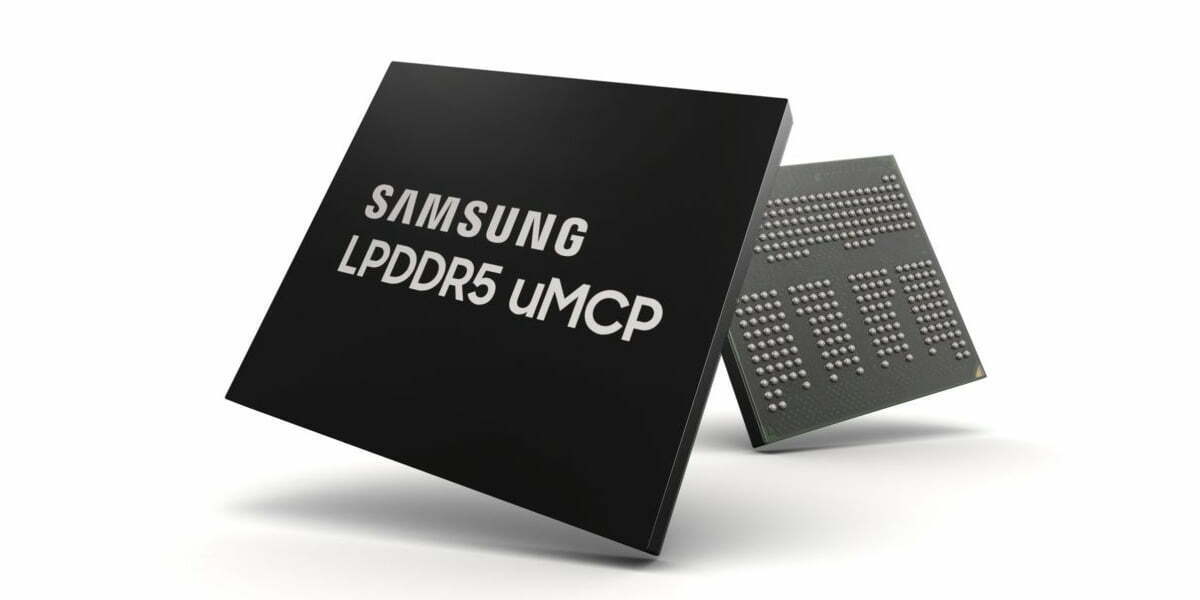
Memory Banks and Speed
Another difference between LPDDR5 and DDR5 is in terms of banks and speed. Banks serve as storage spaces within the memory module. This logical storage is utilized for faster storing and retrieving of frequently used data. In DDR5, you will find 32 banks, while LPDDR5 has 16, which is half.
The larger number of banks in DDR5 enables better storage of frequently accessed data. This will eventually lead to better performance.
Finally, you have the speed. LPDDR5 is rated to go up to 6400 Mbps, while DDR5 can go up to 8400 Mbps. Again, this makes the DDR5 perform better than the LPDDR5 in terms of quick handling of data.
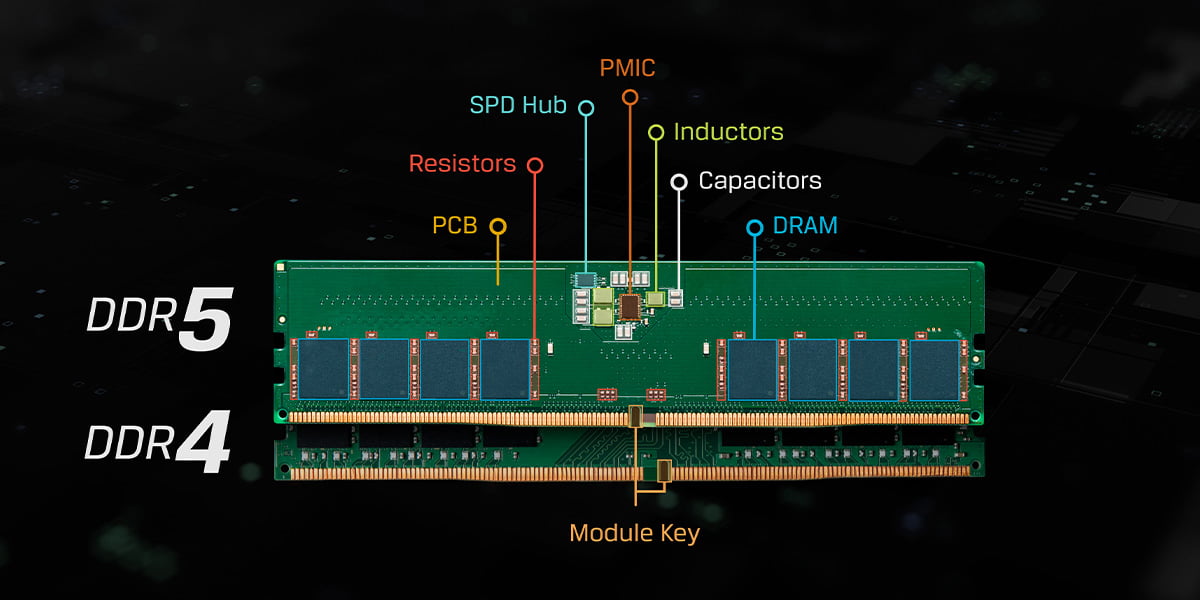
DDR5 vs LPDDR5 – The Similarities
Let’s take a closer look into the similarities to better understand the similarities between DDR5 and LPDDR5. First of all, both have the same burst length, which is 16. Burst length refers to the amount of data written/read after the write/read command is presented.
Secondly, the DDR5 and LPDDR5 have the same prefetch, which is 16n. The main purpose of prefetch is to make the data available in the cache before there’s a request for the data. This makes processes faster.
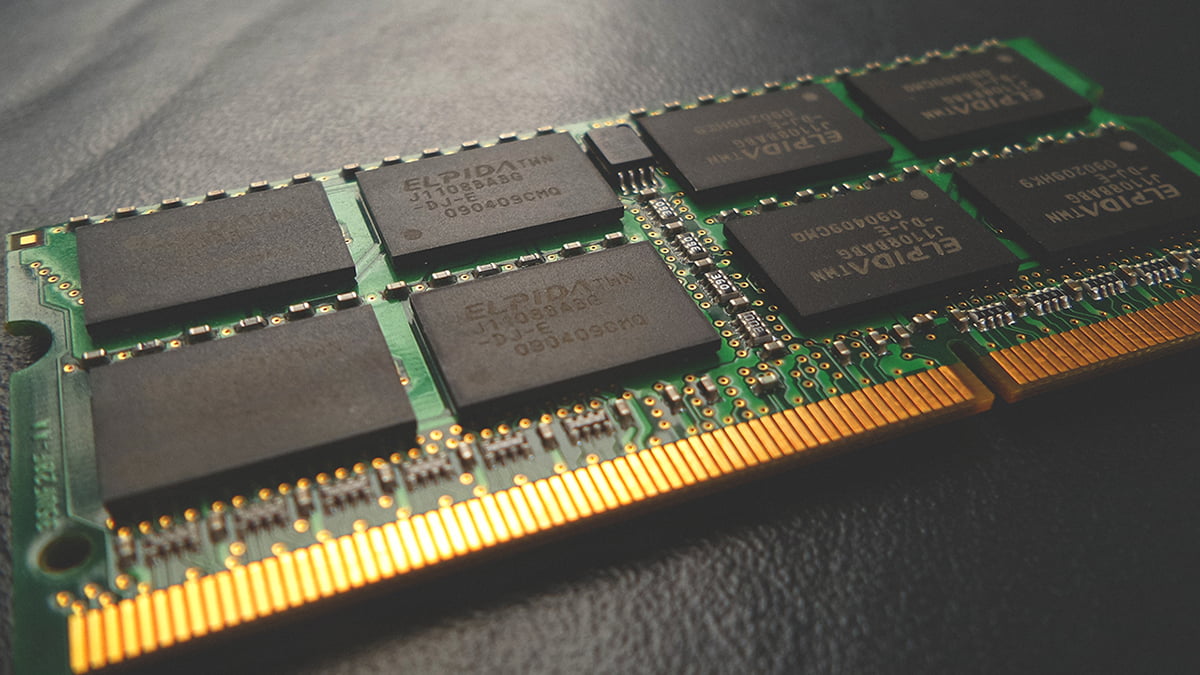
Bite-Sized Summary
So, it’s clear that DDR5 is better in terms of performance, speed, and data handling. However, if you prioritize power efficiency and want to get better battery life out of your device, the obvious pick is LPDDR5.
Despite potentially appearing less advanced in technical specifications, LPDDR5 offers excellent real-life performance. So, you really do not need to think too much about LPPDR5 vs DDR5.
Meet Abid Ahsan, the trusted luminary behind BitsFromByte. With a degree in Computer Science and over a decade of experience, Abid’s authoritative expertise shines through his in-depth guides, meticulous reviews, and timely news coverage on software, operating systems, consumer tech products, phones, PCs, and laptops. His dedication to accuracy, transparency, and unbiased reporting makes it easy for our readers to stay informed in this rapidly evolving tech landscape.
